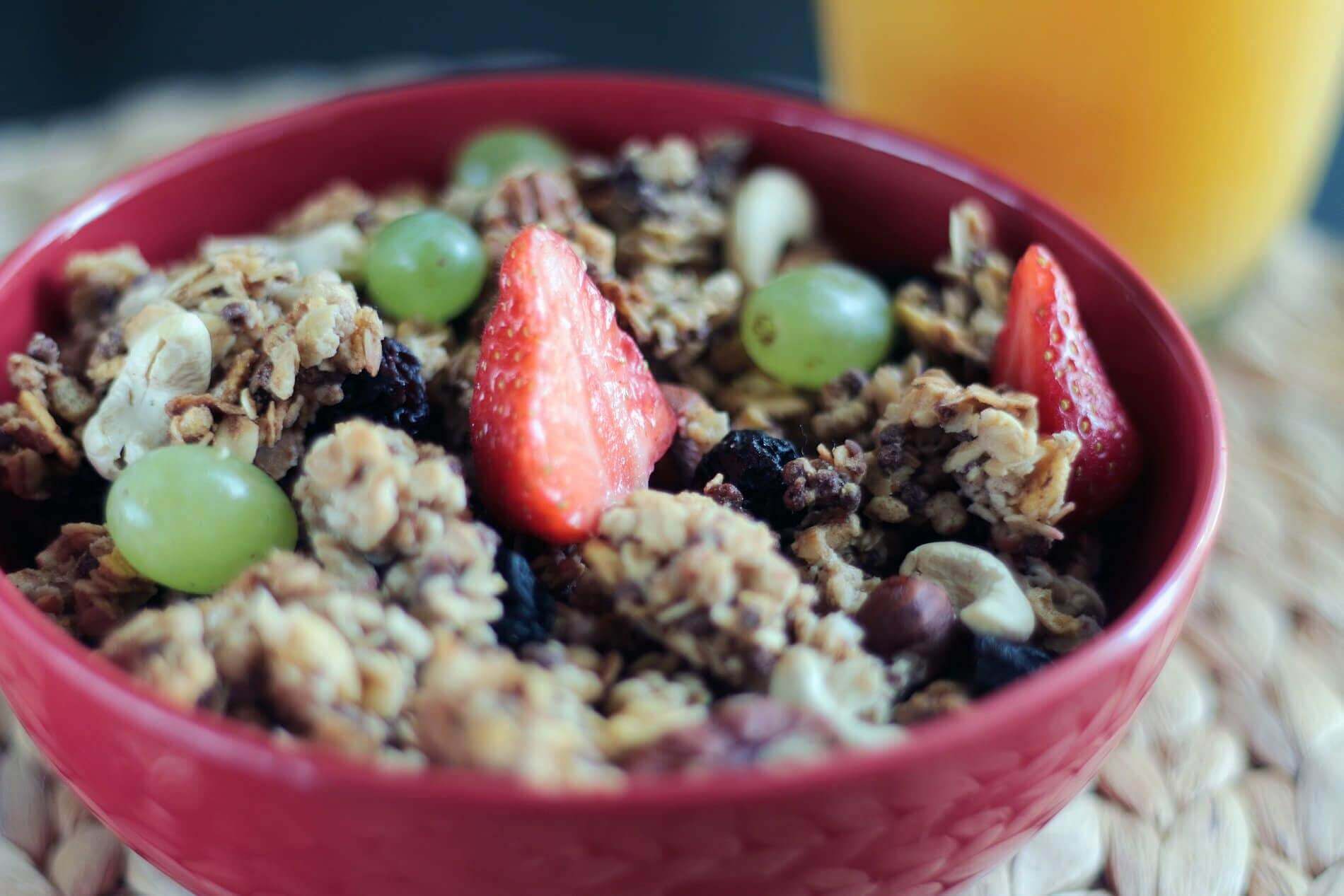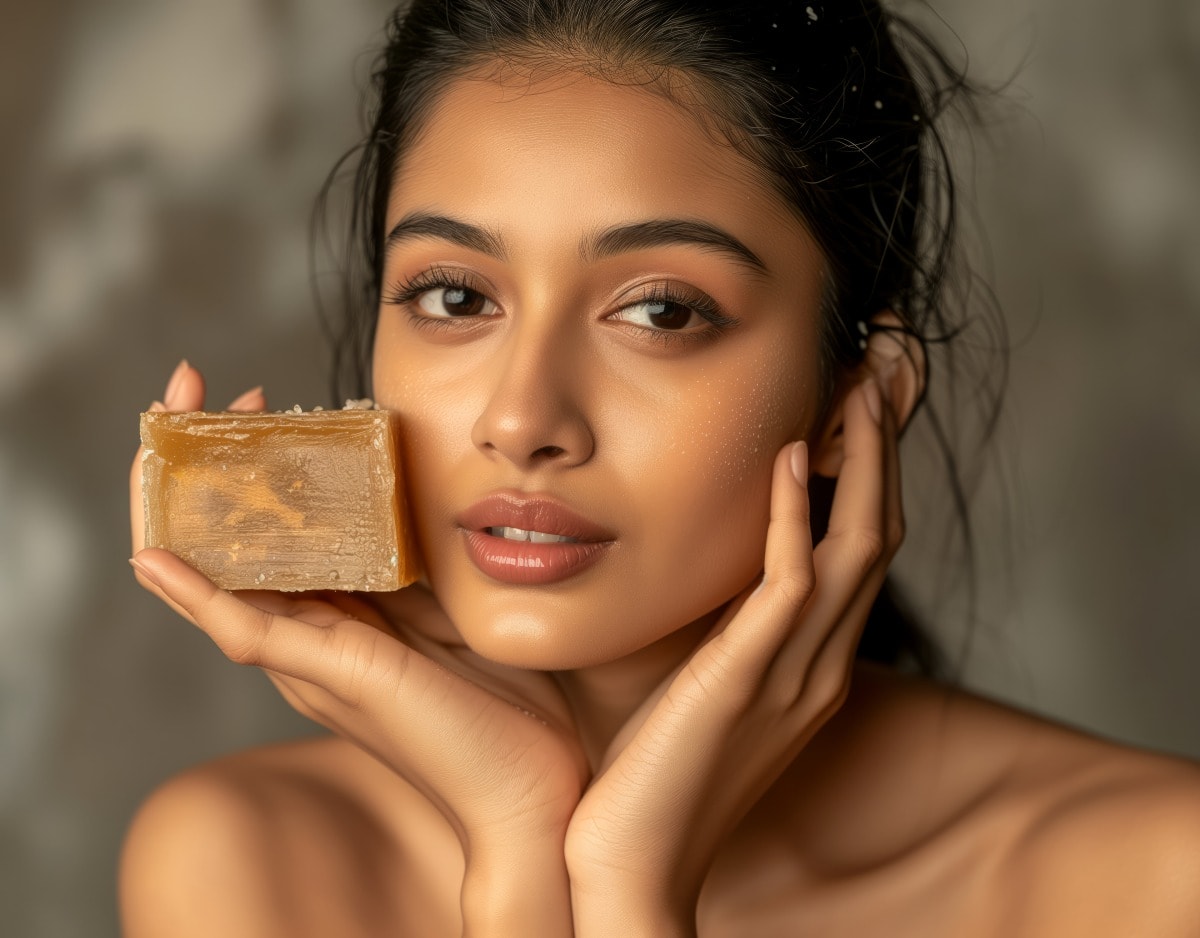Fiber-Rich Foods: The Secret to a Healthy Gut and Happy Life
Understanding the Importance of Fiber in Your Diet Fiber might not get all the attention it deserves, but…
Manali Travel Guide: Weather, Best Time To Visit and Events
Manali Travel Guide: Welcome to our extensive guide to Manali travel, a beautiful spot in Himachal Pradesh. Known for…
Best Drop Shipping Apps for Shopify India
Welcome to our detailed guide on the top dropshipping apps for Indian Shopify stores. In today’s fast-paced digital…
Discover Yonex Badminton Shoes in India
We’re taking a journey into the exciting world of Yonex badminton footwear and we’re here to show our…
Lakshadweep Islands Travel Guide – Essentials, Itinerary and Budget Details
The Lakshadweep Islands are a group of 36 islands in the Laccadive Sea that are known for their…
Top Maldives Alternatives Places For Indian Travellers
The Maldives has long been a favourite for Indian travellers, known for its enchanting beach retreats, luxurious resorts,…
Best Glycerin Soaps for Healthy Skin Care in India
On our journey to achieve glowing and well-moisturized skin, we often explore a variety of skincare items. In…
Arichal Munai: Discover India’s Untouched Paradise
Welcome to our travel guide, where we’re excited to show you Arichal Munai. It’s a beautiful, peaceful place…
Explore Leopard Trail Gurgaon: A Wildlife Adventure
The Leopard Trail in Gurgaon, India is a popular spot for people who love outdoor adventures. It’s located…
Top 10 Profitable Niches for Shopify Stores: 2024
Looking ahead to 2024, the world of online shopping is buzzing with cool changes and awesome chances to…














